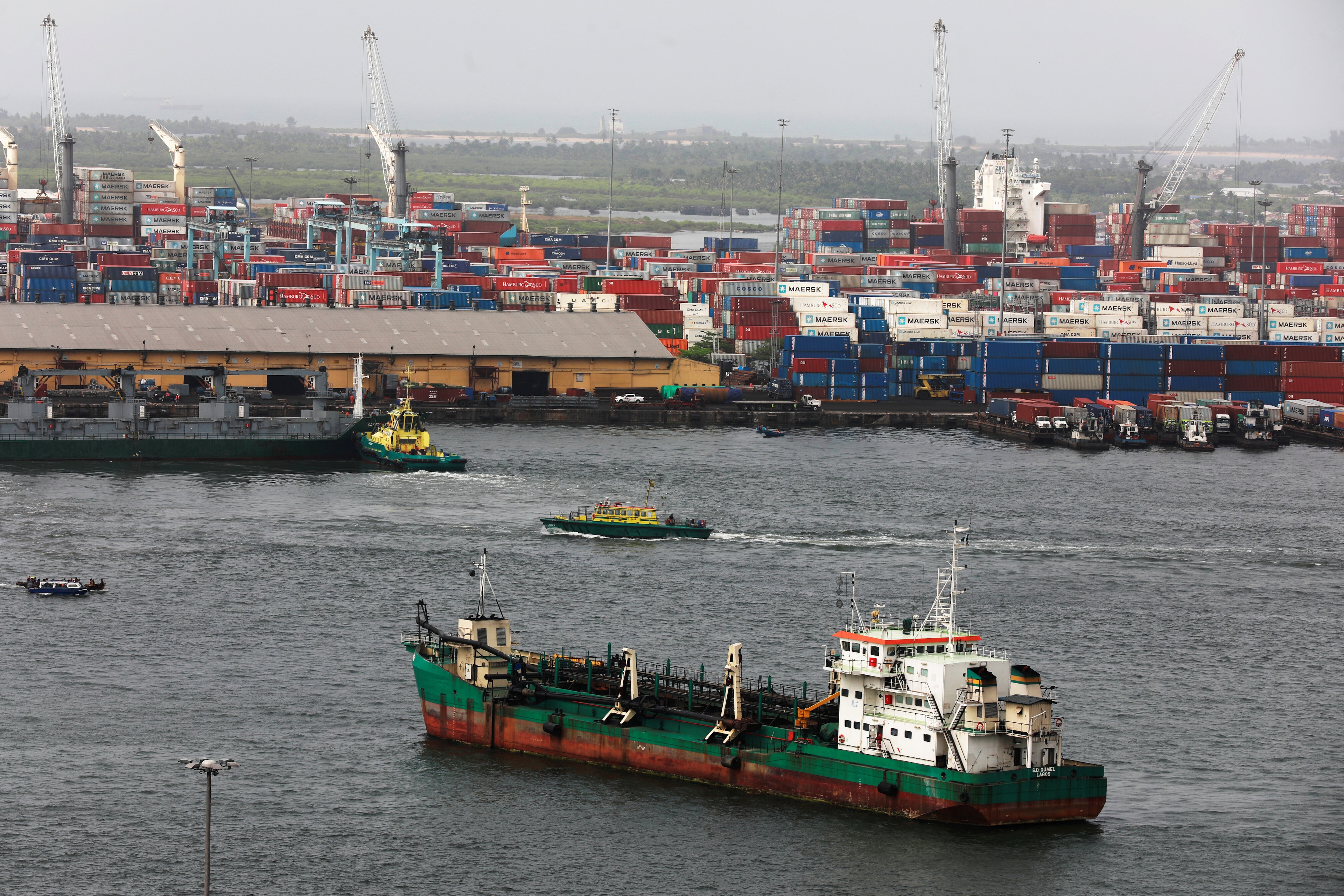What is corporate renewable energy purchasing and how is it changing?

Hornsea One offshore wind farm
Image: Ørsted
Stay up to date:
SDG 13: Climate Action
- Global corporations, driven by customer and societal demand, are increasingly taking action on sustainability.
- Purchasing renewable energy is an important way for corporate climate leaders to reduce emissions.
- We outline three ways to purchase renewables, the trends shaping market forces and how working effectively with governments is key.
The climate crisis is the defining challenge of our time. Since the 19th century, man-made emissions have heated the planet by about 1.1C, according to the IPCC. From floods to wildfires, the impacts are felt today. But the future could be much worse. A recent UN report which analyzed national targets shows that current commitments lead the world on a pathway to 2.7C end-of-century heating.
It’s not only national governments that need to act. Global corporations are acknowledging their responsibility as well. It is becoming clear that sustainability is good business – and probably even the only way of doing business going forward. Over 900 companies have set science based targets to reduce their emissions in line with the Paris Agreement. To many businesses, one of the most important immediate steps to reduce greenhouse gas emissions, is reducing emissions from power use (scope 2 emissions), by sourcing renewable energy from e.g. solar and wind.
3 ways for corporations to purchase renewable energy
- Buy green electricity certificates (e.g. GOs in Europe or RECs in the US) to match its consumption. While this is a simple process, it does not contribute to the buildout of renewables (certificates come from existing plants, sometimes even from unspecified sources).
- Sign a Corporate Power Purchase Agreement (CPPA), which is a long-term supply contract of renewable power and certificates usually under a fixed price structure. A CPPA guarantees that the energy can be traced back to a specific wind or solar farm. CPPAs also reduce risks associated with power price fluctuations. If a corporate had locked in power prices through a CPPA a year ago, it would be protected against the record high power prices in the wholesale market that many countries have seen in recent weeks.
- Invest in and own renewable energy assets. This can be off-site, for example by having an equity share in a new project, or by co-developing a greenfield project in a different location. It can also be on-site, for example through a private wire from a nearby wind farm or solar panels on a factory rooftop.

3 trends shaping renewable energy purchasing
Renewable energy purchasing has increased dramatically over the last years. In the US, over 100 corporate renewable sourcing deals making up over 10GW of capacity were executed in 2020, up from a mere 1.5 GW in 2015. In Europe, CPPAs alone amounted to 3.5GW in 2020, as traditional buyers such as tech companies contracted record volumes, while new sectors such as pharmaceuticals and retail entered the market. Also Asia has seen recent advances, for example when TSMC and Orsted contracted 920MW – the largest CPPA to date – in Taiwan in 2020.
As the renewable energy purchasing market matures, three new trends are shaping its journey.
1. Additionality
This means that corporate buyers incentivize new build renewable projects. A corporate can contribute to making a windfarm project that is planned (but not yet budgeted) happen. By signing a CPPA, which provides a guaranteed revenue stream, the corporate buyer gives the developer enough certainty to build the windfarm. Another criterion for a project to be counted as additional is that it does not receive subsidies. As civil society demands corporates to move up the green ambition ladder, the trend to buy renewables from additional sources is set to continue.
2. 24/7 supply
Over 50 corporates have already achieved sourcing 100% renewable electricity, and hundreds more have committed to achieving this goal. In practice, this means matching a company’s power consumption with generation from renewables on an annual basis. But, as ambitions are increasing, some now try to match the volume of electricity demand with an equivalent volume of renewable supply in real time (i.e. within the same hour or less).
To make this possible over an extended time horizon, baseload renewable power (e.g. sustainable biomass or geothermal) or storage is required. However, it should be noted that, as of today, 24/7 is a guiding star. Even the most progressive companies currently don’t expect to match 100% of their energy on an hourly basis. Rather, they are looking for ways to increase the share of matched green power and, over time, reach 100% 24/7 renewable power.
3. Advances in the regulatory frameworks
Administrative barriers still hold back growth. On the supply side, lengthy and undependable permitting processes restrain the buildout of wind and solar needed to meet corporate demand in the locations it is needed. Barriers also exist on the demand side. As a 2021 WEF paper has shown, heavy regulation often prevents renewable buyers from participating in the power market and from using the grid – especially in emerging markets.
The removal of regulatory barriers would unleash the full potential of renewable energy sourcing, and produce significant economic benefits such as increased corporate investments and lower energy costs from competitive renewables. It seems that ever more regulators acknowledge these benefits. For example, the EU recently proposed legislation to reduce emissions by 55% by 2030 through – among other measures – the promotion of CPPAs.
What's the World Economic Forum doing about the transition to clean energy?
Another example is South Korea, which this year started to enable the sourcing of renewable certificates and power, although only for qualified companies. Vietnam is about to launch a 1,000 MW pilot programme for CPPAs. These are positive steps for the two markets, but there are still a number of issues to overcome before we will see corporate renewable sourcing at scale.
While progress on the regulatory framework has been made, a lot more needs to be done to unlock the vast potential of corporate renewables sourcing. Also, corporate green ambition for additionality and 24/7 will need to further step up. But history has shown that if corporates become ambitious on tackling problems and work hand-in-hand with governments, they can overcome any challenge – even the defining challenge of our time.
Accept our marketing cookies to access this content.
These cookies are currently disabled in your browser.
Don't miss any update on this topic
Create a free account and access your personalized content collection with our latest publications and analyses.
License and Republishing
World Economic Forum articles may be republished in accordance with the Creative Commons Attribution-NonCommercial-NoDerivatives 4.0 International Public License, and in accordance with our Terms of Use.
The views expressed in this article are those of the author alone and not the World Economic Forum.
Related topics:
Forum Stories newsletter
Bringing you weekly curated insights and analysis on the global issues that matter.
More on Energy TransitionSee all
Natalie Unterstell and Alex Scott
September 22, 2025
Gavin Templeton
September 19, 2025
Keith Svendsen
September 18, 2025
Stephanie Jamison
September 18, 2025
Roberto Bocca
September 17, 2025








